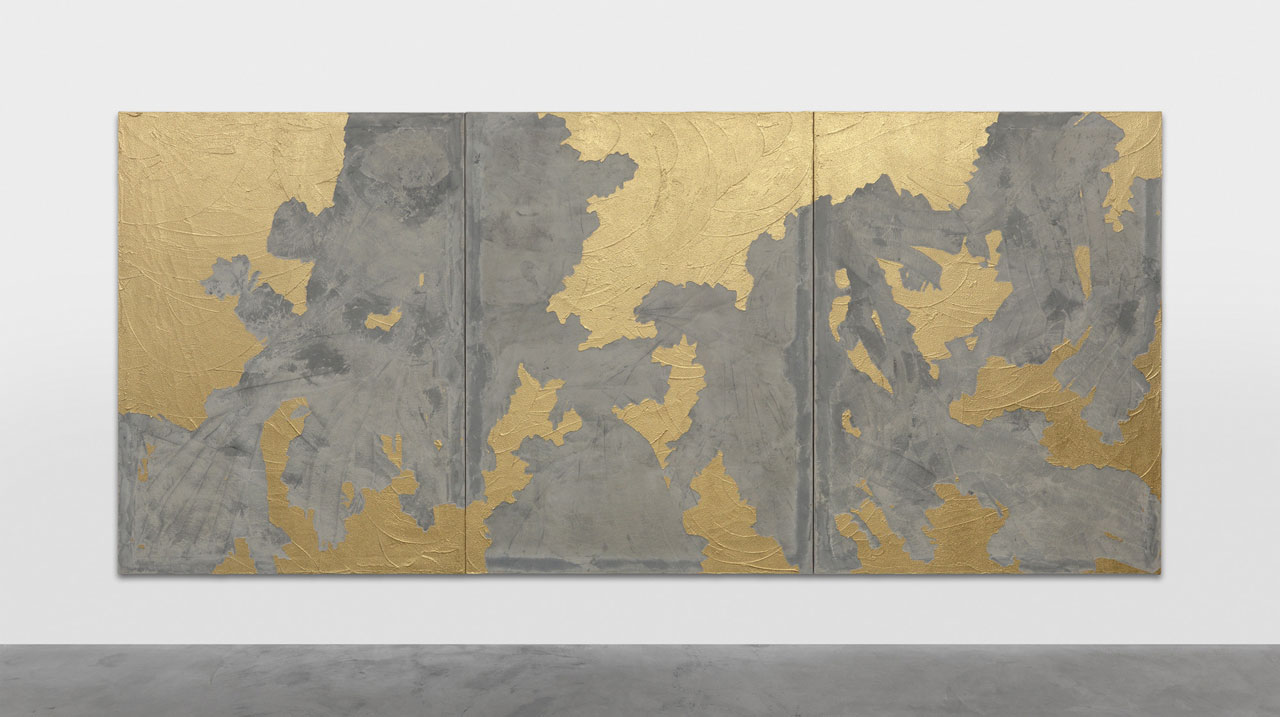ART CITIES: Seoul-Latifa Echakhch
 Informed by the ways in which everyday objects and imagery can be transfigured into signifiers of identity, history, and mythology, Latifa Echakhch’s practice takes the form of painting, installation, sculpture, and sound. Describing her work as “a question of power and postures”, Echakhch states she has “no other goals but questioning the world around me”. Throughout her career, Echakhch has constructed a visual vocabulary of signs, systems, and references that are rooted in her impulse to convey the experience of a feeling, to transcend that which is easily defined and arrive at the intangible.
Informed by the ways in which everyday objects and imagery can be transfigured into signifiers of identity, history, and mythology, Latifa Echakhch’s practice takes the form of painting, installation, sculpture, and sound. Describing her work as “a question of power and postures”, Echakhch states she has “no other goals but questioning the world around me”. Throughout her career, Echakhch has constructed a visual vocabulary of signs, systems, and references that are rooted in her impulse to convey the experience of a feeling, to transcend that which is easily defined and arrive at the intangible.
By Efi Michalarou
Photo: Pace Gallery Archive
Latifa Echakhch presents “Les Albatros”, her first solo exhibition in Asia, the presentation features five new paintings that explore the question: What does it mean to paint a landscape in our times? The unstretched and draped canvases, shown only on the verso, will interact with these surroundings to complicate the boundaries between interiority and exteriority, and nature and artifice. Known for a practice that incorporates painting, sculpture, and sound into site-specific interventions, Latifa Echakhch explores issues of power and socio-political realities by interrogating their representative symbols and structures. The motif of the landscape—which, throughout the history of art, has served as a carrier of iconographic and allegorical meaning—is a common starting point for Echakhch. The alienation of the modern artist is a central theme of the 1841 poem “L’Albatros” by Charles Baudelaire, after which this exhibition is titled. In Baudelaire’s poem, the albatross faces mistreatment and ridicule at the hands of sailors who fail to appreciate the bird’s majesty. Echakhch’s reading of Baudelaire’s text finds both symbolic and formal resonance with the paintings she has created for the exhibition in Seoul. Like the albatross snared from the sky onto the ship’s decks, Echakhch has untethered her paintings from their stretchers and draped them, evoking the heavy, loafing wings of the bird on land. The visual inspiration behind the works that form “Les Albatros” came from mature Virginia Oak trees the artist first saw during a recent visit to Houston, Texas. Unable to bear the weight of their own growth, the aging branches of these trees sweep down toward the ground before rising again. To distance the constructed pictorial landscape from the Virginia Oak trees that inspired them, Echakhch improvised her branches from a range of reference images, using loose, gestural movements and the techniques of automatic drawing. Characteristic of Echakhch’s oeuvre is an economy of style; the paintings in the exhibition are simplified, minimally abstracted scenes that exist within the immediate visual register of landscape representation. Echakhch upends the viewers’ expectations of the artistic landscape by almost entirely concealing the trees she has depicted. Instead, we are confronted with the verso of these canvases, which the artist has painted an uneven stage black. Echakhch’s deinstallation of the evidence of her artistic labor may suggest a psychoanalytic reading of her painted trees. Yet, as with much of the artist’s oeuvre, the personal is transmuted to the collective sphere through subtle shifts of meaning and reference points. The staging of “Les Albatros” is informed by the artist’s personal disbelief in an apolitical, purely contemplative landscape. By deconstructing the visual signifiers of the landscape and recontextualizing the motif to encompass the totality of the gallery space, Echakhch invites the viewer to question their own understanding of—and position in front of—the world.
Photo: Latifa Echakhch, L’Albatros, 2024, © Latifa Echakhch, Courtesy the artist and Pace Gallery
Info: Pace Gallery, 267 Itaewon-ro, Yongsan-gu, Seoul, Korea, Duration: 28/6-17/8/2024, Days & Hours: Tue-Sat 10:00-18:00, www.pacegallery.com/
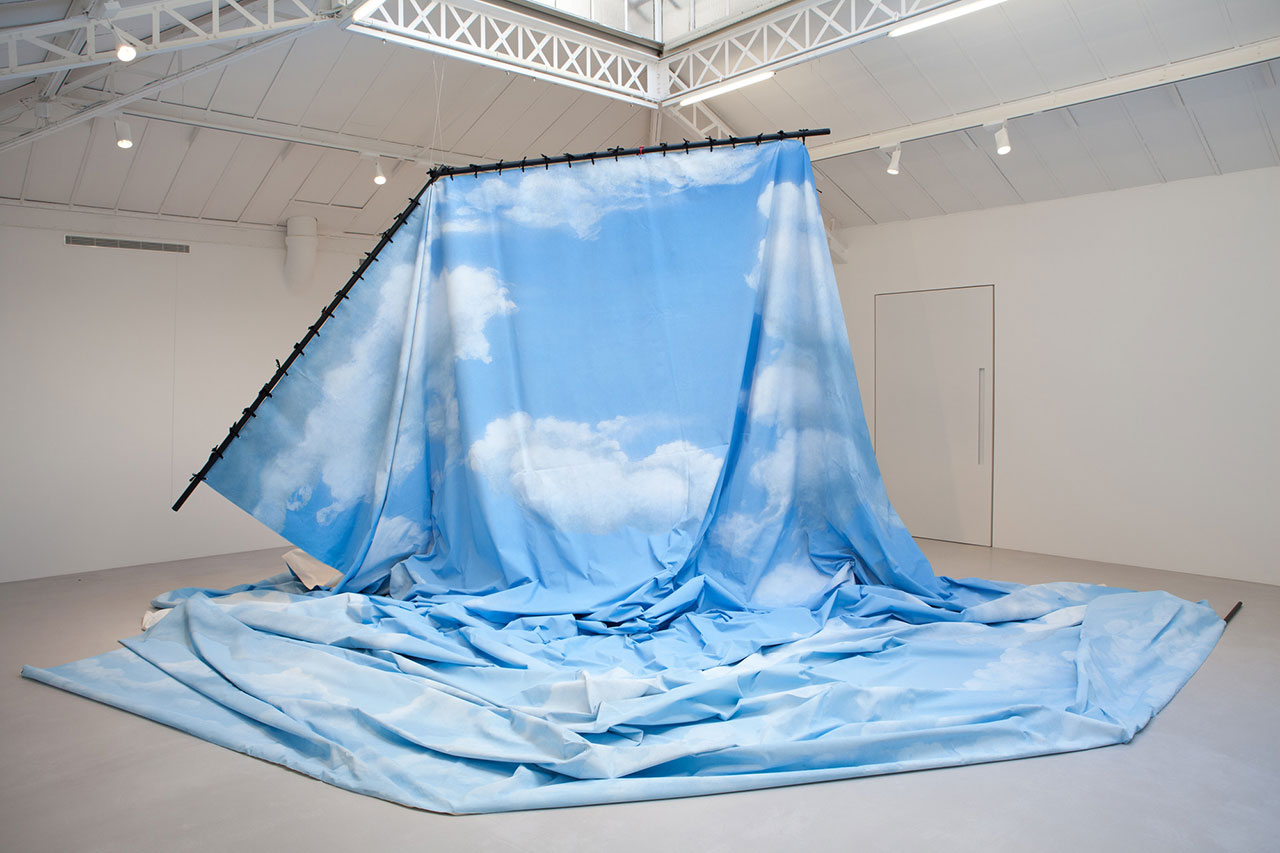
![Installation view, Latifa Echakhch, Mer d’encre [Sea of ink], 2012, included in Latifa Echakhch: The Sun and the Set, BPS22, 2020, Charleroi, Belgium, Photo: Leslie Artamonow © Latifa Echakhch](http://www.dreamideamachine.com/web/wp-content/uploads/2024/06/02-22.jpg)
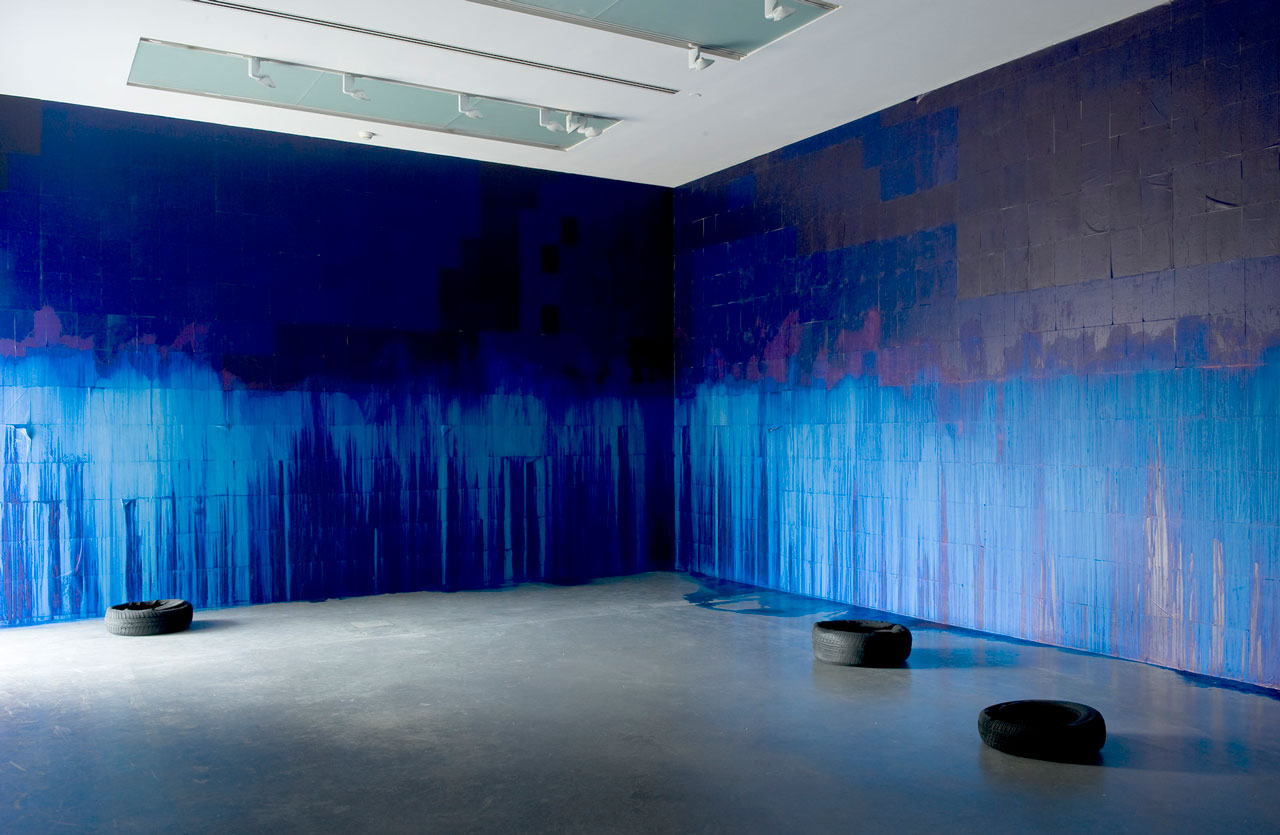
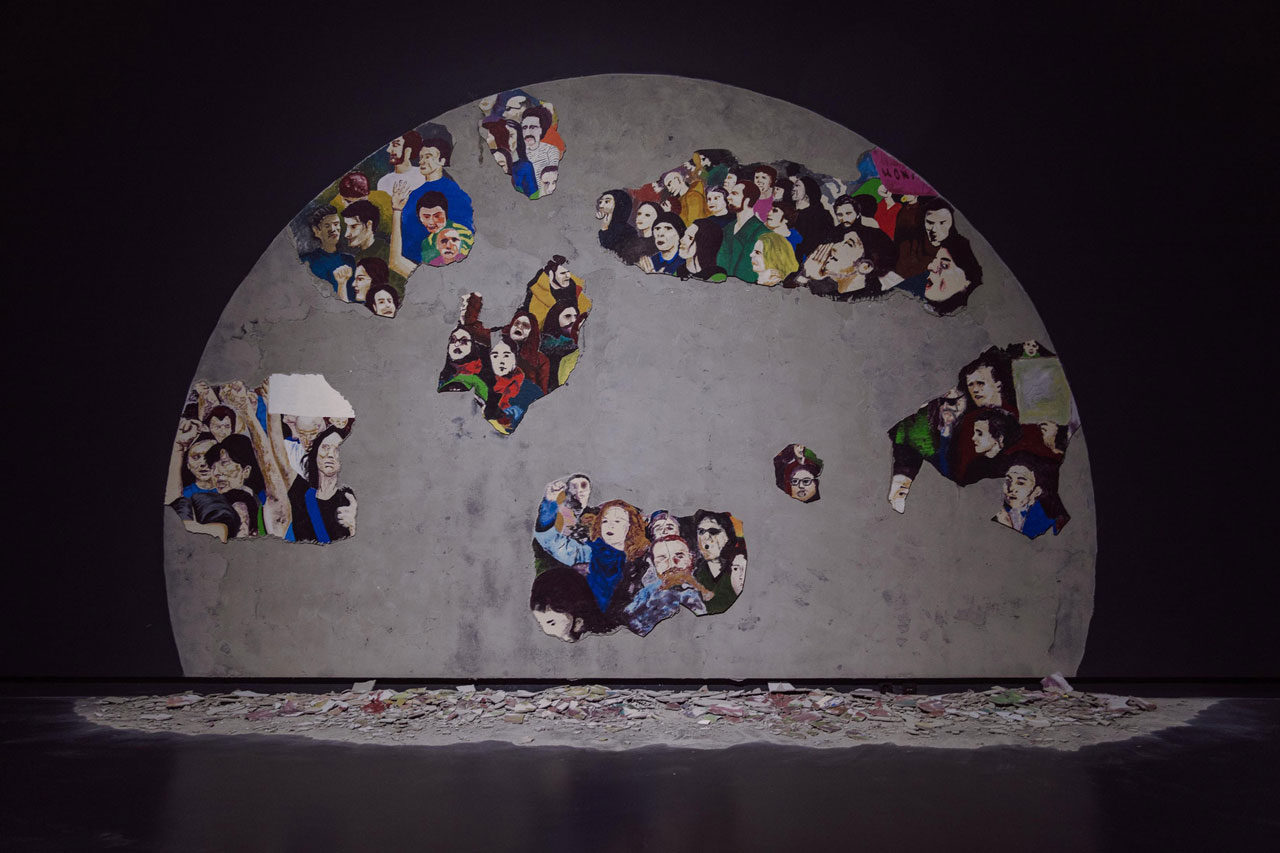
Installation view, Latifa Echakhch, Crowd Fade, 2020, Fresco, dimensions variable, included in Latifa Echakhch: The Sun and the Set, BPS22, 2020, Charleroi, Belgium, Photo: Leslie Artamonow © Latifa Echakhch
![Installation view, Latifa Echakhch, Mer d’encre [Sea of ink], 2012, included in Latifa Echakhch: The Sun and the Set, BPS22, 2020, Charleroi, Belgium, Photo: Leslie Artamonow © Latifa Echakhch](http://www.dreamideamachine.com/web/wp-content/uploads/2024/06/05-13.jpg)
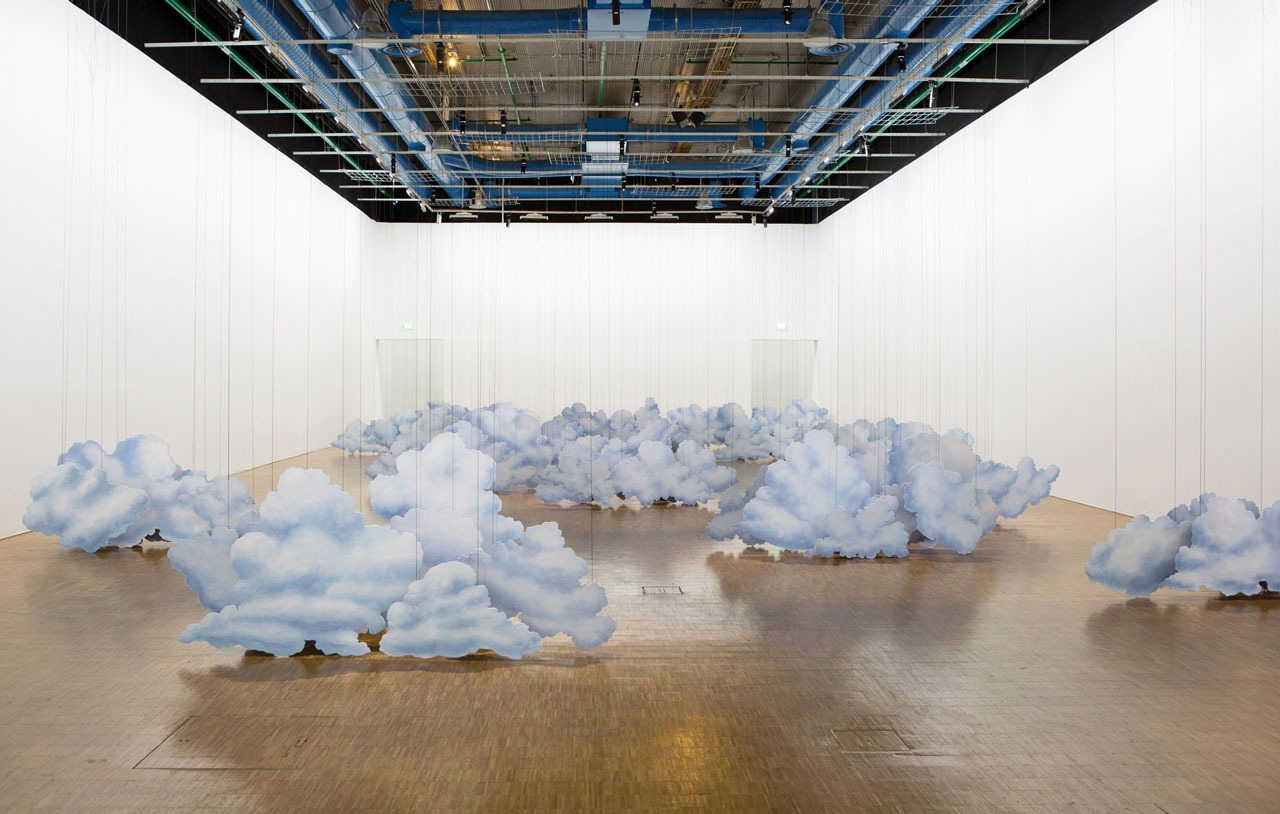
Installation view, Latifa Echakhch: L’air du temps – Prix Marcel Duchamp 2013, Centre Pompidou, Paris, 2014, Photo: Fabrice Seixas, Courtesy of the artist; Dvir, Tel Aviv; kaufmann repetto, Milan; kamel mennour, Paris / London, Prix Marcel Duchamp; Vue-Exposition © Latifa Echakhch
